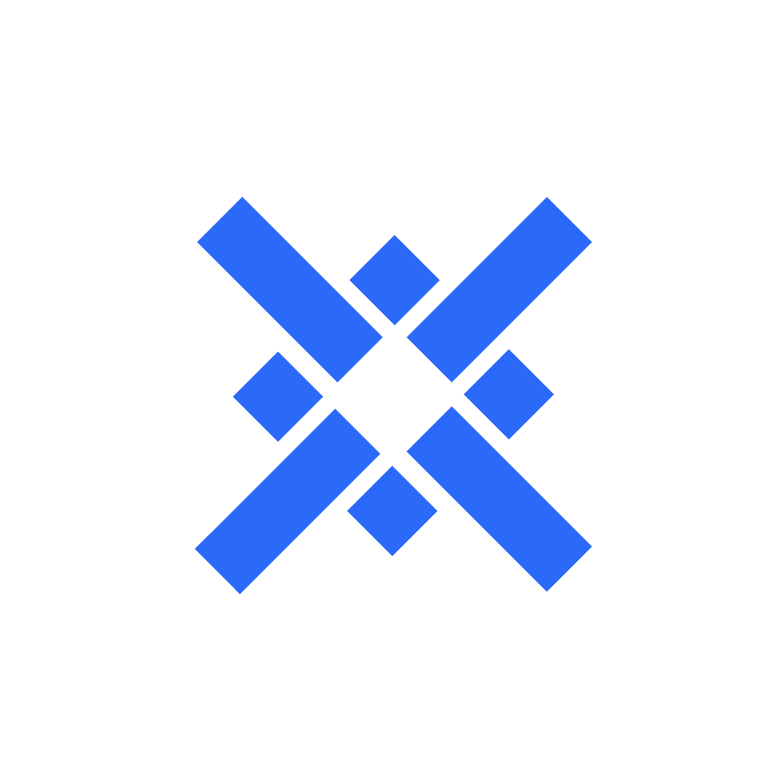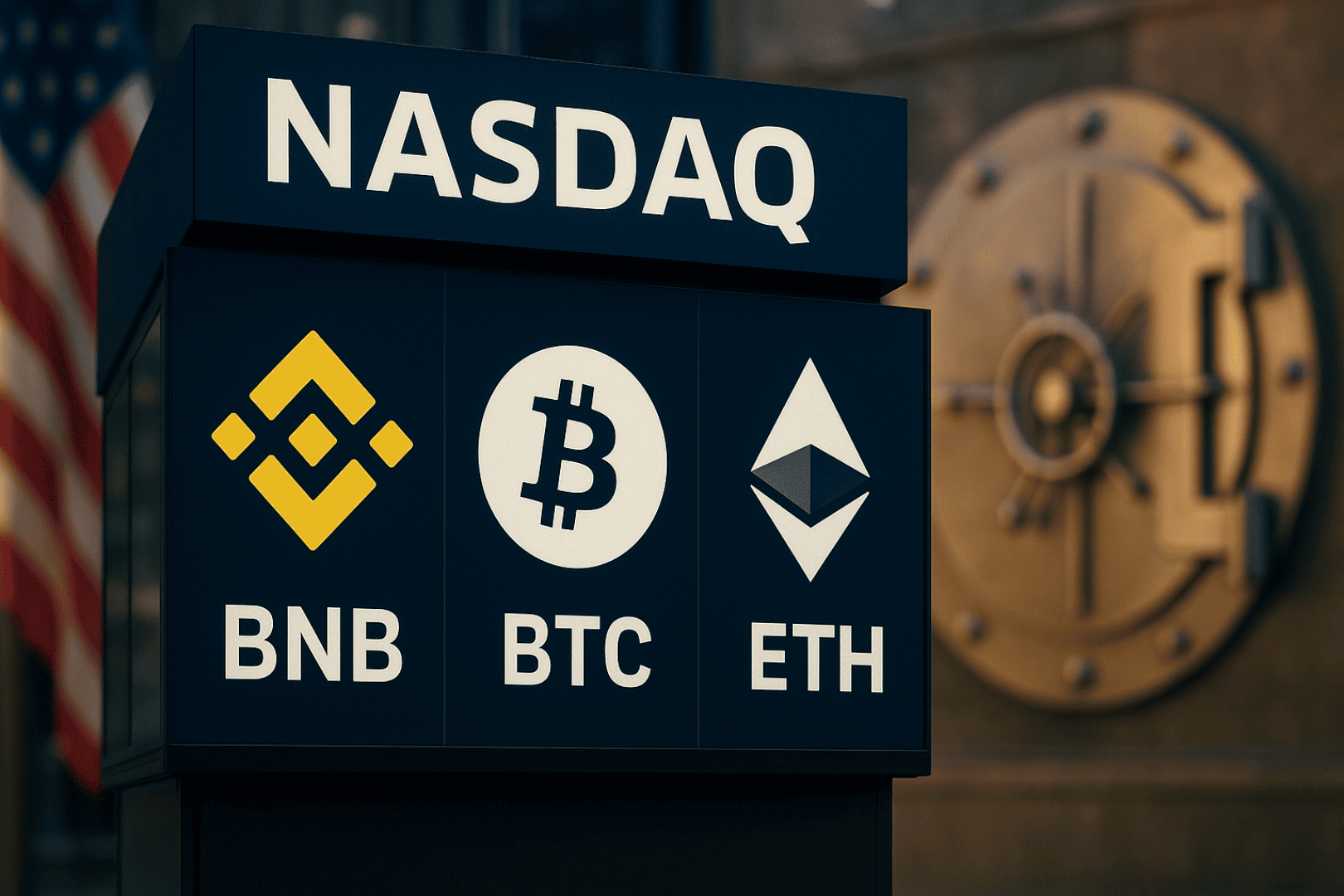The dream of a world computer, which can execute arbitrary code without trust and be shared by the whole world, is deeply rooted in the decentralized network. After Ethereum, many infrastructure projects have made attempts, and Arweave's upcoming AO network is one of these attempts.
For a "world computer", it can be roughly divided into three parts: data calculation, access and storage. Arweave has been playing the role of "world hard drive" in the past, and the AO network (Actor Oriented) has introduced general computing capabilities and provided smart contracts.
AO: Actor-based general computing network
The current mainstream decentralized computing platforms are divided into two categories, namely smart contract platforms and general computing platforms; the smart contract platform is represented by Ethereum, where the network shares a global state memory and reaches consensus on the operation process that changes the state. Because consensus requires a large number of repeated operations, it is only used to process high-value businesses at a high cost; general computing networks do not reach consensus on the operation process itself, but instead verify the calculation results based on the business and process the request order. There is no shared state memory, which reduces costs and allows the network to expand to computing in more areas. This type is represented by computing power networks such as Akash.
Of course, there are also some projects that integrate general computing with smart contracts based on the security assumption of virtual machine security. That is, the consensus only processes the order of transactions and verifies the calculation results. Multiple state change calculations are processed in parallel in network nodes. The calculation environment virtual machine guarantees deterministic results. Therefore, as long as the transaction order is consistent, the final state will also be consistent.
Since this type of network does not share state memory, the expansion cost is very low, and multiple tasks can be calculated in parallel without affecting each other. This type of project is often based on the Actor programming model, represented by ICP, and AO also belongs to this category. Each computing unit under the Actor is regarded as a separate intelligent independent transaction, and the computing units interact through communication (Actor is a very common architecture in traditional Web2 services). AO standardizes the message passing of Actors and realizes a decentralized computing network.
Unlike traditional passively triggered smart contracts (such as Ethereum/Solana smart contracts), AOs under general computing actors can realize the active operation of smart contracts through a "cron" method that triggers a consistent fixed-time cycle, such as a trading program that continuously monitors arbitrage space.
The rapidly scalable decentralized computing power, Arweave's large data storage capacity, Actor's programming model, and the ability to actively trigger transactions make the AO network very suitable for hosting AI Agents. AO also supports the introduction of large AI models into blockchain smart contracts.
AO Network Features
The above article introduces the difference between AO and smart contract network. AO does not reach consensus on the calculation process, but on the transaction order, and assumes that the operation results of the virtual machine are deterministic, thereby achieving consistency in the final state.
AO also has a certain degree of flexibility, and the network is designed in a modular way. There are three basic units in the network, the scheduling unit SU, the computing unit CU and the messenger unit MU.
When a transaction is sent, the messenger unit of the communication layer accepts the transaction, verifies the signature, and forwards it to the scheduling unit. The scheduling unit can be seen as the connection point between the AO and AR chains, helping the network to sort the transaction order and upload it to the AR chain to complete the consensus. The current consensus method is POA (Proof of Authority). After the consensus on the transaction order is completed, the task is assigned to the computing unit. The CU is responsible for processing the specific calculations, and the results are returned to the MU for forwarding to the user.
The CU set can be regarded as a decentralized computing power network. Under a complete economic plan, CU nodes need to pledge certain assets, compete through computing performance, price and other factors, provide computing power to earn income, and if there is a calculation error, the assets will be confiscated. This is a standard economic guarantee.
The difference between AO and other networks
As a general computing platform, AO is obviously different from smart contract platforms such as Ethereum. Filecoin, which is also the "world hard drive" like AR, has also launched its own smart contract platform FVM, but this is a state consensus machine architecture equivalent to EVM, and the experience is not as good as traditional smart contract platforms such as Ethereum.
Unlike decentralized computing networks such as Akash and io.net, AO still retains smart contract capabilities, and AO ultimately maintains a global state on AR storage.
In fact, the architecture that is most similar to AO is ICP. ICP created the earliest paradigm of asynchronous computing blockchain networks, and AO largely continued the design of ICP, such as only sorting the order of transactions, trusting the deterministic computing of virtual machines, and asynchronous processing of the Actor model.
The biggest difference is that ICP is based on container maintenance status, that is, each smart contract container can only maintain its own private status, or set conditions for status reading; while AO has a shared status layer, namely AR. Anyone can restore the status of the entire network through transaction sequence and status proof. This increases the decentralization of the network to a certain extent, but also loses the possibility of realizing special privacy services in ICP (for example, customers have the need to hide arbitrage paths).
In terms of economy and design, ICP has set high hardware requirements for participating nodes to ensure network performance, which creates a high threshold. AO operates in a fair launch and non-access mode, and you can participate in competitive mining by staking. The ICP network chooses a large stack implementation method, sacrificing flexibility for performance, while AO uses a modular design, with MU, CU, and SU separated. Users can also choose the implementation method of the virtual machine, which also reduces the cost of entry for some developers.
Of course, AO may also have the same system shortcomings as ICP, such as the lack of atomicity of cross-contract transactions under the Actor asynchronous model, which will lead to difficulties in the development of DeFi applications. The concept of AgentFi seems difficult to achieve in a short period of time; the new computing model that is separated from the traditional smart contract paradigm also places higher demands on developers. However, the wasm virtual machine under the AO architecture can only manage a maximum of 4 GB, which also makes some complex models unable to be used on AO. From this point of view, AO's choice of AI Agent is actually to play to its strengths and avoid its weaknesses. Interestingly, ICP also announced its focus on the AI field in early 2024.
Of course, compared with ICP's total market value of 5 billion US dollars, AR's current total market value of 2.2 billion US dollars is still a big gap. In the context of the rapid development of AI, AO may still have great potential.



